-
 Bitcoin
Bitcoin $106,754.6083
1.33% -
 Ethereum
Ethereum $2,625.8249
3.80% -
 Tether USDt
Tether USDt $1.0001
-0.03% -
 XRP
XRP $2.1891
1.67% -
 BNB
BNB $654.5220
0.66% -
 Solana
Solana $156.9428
7.28% -
 USDC
USDC $0.9998
0.00% -
 Dogecoin
Dogecoin $0.1780
1.14% -
 TRON
TRON $0.2706
-0.16% -
 Cardano
Cardano $0.6470
2.77% -
 Hyperliquid
Hyperliquid $44.6467
10.24% -
 Sui
Sui $3.1128
3.86% -
 Bitcoin Cash
Bitcoin Cash $455.7646
3.00% -
 Chainlink
Chainlink $13.6858
4.08% -
 UNUS SED LEO
UNUS SED LEO $9.2682
0.21% -
 Avalanche
Avalanche $19.7433
3.79% -
 Stellar
Stellar $0.2616
1.64% -
 Toncoin
Toncoin $3.0222
2.19% -
 Shiba Inu
Shiba Inu $0.0...01220
1.49% -
 Hedera
Hedera $0.1580
2.75% -
 Litecoin
Litecoin $87.4964
2.29% -
 Polkadot
Polkadot $3.8958
3.05% -
 Ethena USDe
Ethena USDe $1.0000
-0.04% -
 Monero
Monero $317.2263
0.26% -
 Bitget Token
Bitget Token $4.5985
1.68% -
 Dai
Dai $0.9999
0.00% -
 Pepe
Pepe $0.0...01140
2.44% -
 Uniswap
Uniswap $7.6065
5.29% -
 Pi
Pi $0.6042
-2.00% -
 Aave
Aave $289.6343
6.02%
AscendEX Contract Trading Tutorial
Embarking on the realm of contract trading requires the establishment of an AscendEX account, which involves email verification and password creation.
Nov 25, 2024 at 11:59 am
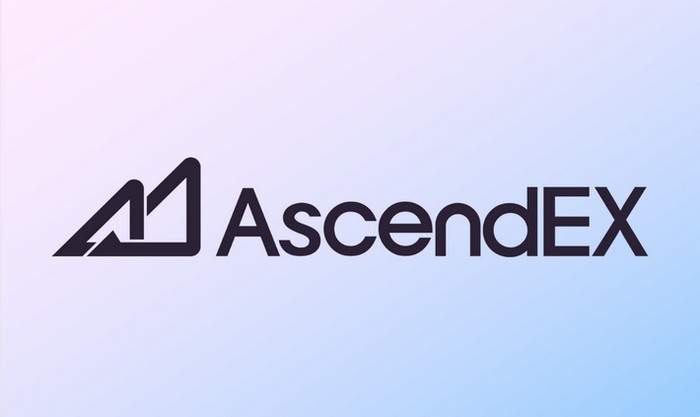
Step 1: Setting Up Your AscendEX Account
Embarking on the realm of contract trading commences with the creation of an AscendEX account. To establish an account, follow these steps:
- Visit the AscendEX website (https://ascendex.com/).
- Click on "Sign Up" located at the top right corner of the homepage.
- Provide your email address and create a strong password.
- Verify your email address by clicking on the link sent to your registered email address.
Step 2: Funding Your AscendEX Account
To initiate contract trading, you must fund your AscendEX account. AscendEX offers multiple funding methods, enabling users to deposit funds seamlessly. Here are the available options:
- Bank Transfer: This method involves transferring funds directly from your bank account to AscendEX. It typically takes 1-3 business days for the funds to reflect in your account.
- Credit/Debit Card: AscendEX accepts Visa and Mastercard for instant funding. However, card deposits may incur a transaction fee.
- Cryptocurrency: AscendEX supports deposits in several cryptocurrencies, including Bitcoin, Ethereum, and USDT. Crypto deposits are credited to your account within a few minutes.
Step 3: Choosing a Contract
AscendEX offers a diverse selection of contract instruments for traders to choose from. These contracts encompass perpetual contracts, futures contracts, and options. Each contract type has its own unique characteristics and risk profile.
- Perpetual Contracts: Perpetual contracts are perpetual futures contracts that do not have a set expiration date. They provide a cost-effective and flexible way to trade cryptocurrencies.
- Futures Contracts: Futures contracts are standardized contracts that obligate buyers to purchase and sellers to deliver a specific amount of an underlying asset at a predetermined price and date.
- Options Contracts: Options contracts grant holders the right, but not the obligation, to buy or sell an underlying asset at a specified price before a certain date.
Step 4: Placing an Order
Once you have selected your desired contract, you can place an order to enter or exit a trade. AscendEX offers several order types, each with its own specific parameters.
- Market Order: A market order is executed immediately at the best available market price.
- Limit Order: A limit order specifies the price at which you wish to buy or sell a contract.
- Stop-Limit Order: A stop-limit order combines elements of market and limit orders, allowing traders to set a stop price and a limit price.
- Trailing Stop Order: A trailing stop order automatically adjusts the stop price based on the movement of the underlying asset.
Step 5: Managing Your Risk
Contract trading involves inherent risks, so it's crucial to implement robust risk management strategies to safeguard your capital. Here are some essential risk management measures:
- Setting Stop-Loss Orders: Stop-loss orders limit potential losses by automatically closing your trade if the price reaches a predefined level.
- Position Sizing: Managing your position size is crucial to prevent excessive risk exposure. Only trade with an amount of capital you can afford to lose.
- Hedging: Hedging involves using multiple positions to reduce overall risk. For example, a trader could establish a long position in one contract while simultaneously opening a short position in another contract.
- Risk-Reward Ratio: Before entering a trade, it's prudent to determine the potential reward versus the potential risk. Aim for trades with a favorable risk-reward ratio.
Disclaimer:info@kdj.com
The information provided is not trading advice. kdj.com does not assume any responsibility for any investments made based on the information provided in this article. Cryptocurrencies are highly volatile and it is highly recommended that you invest with caution after thorough research!
If you believe that the content used on this website infringes your copyright, please contact us immediately (info@kdj.com) and we will delete it promptly.
- 2025-W Uncirculated American Gold Eagle and Dr. Vera Rubin Quarter Mark New Products
- 2025-06-13 06:25:13
- Ruvi AI (RVU) Leverages Blockchain and Artificial Intelligence to Disrupt Marketing, Entertainment, and Finance
- 2025-06-13 07:05:12
- H100 Group AB Raises 101 Million SEK (Approximately $10.6 Million) to Bolster Bitcoin Reserves
- 2025-06-13 06:25:13
- Galaxy Digital CEO Mike Novogratz Says Bitcoin Will Replace Gold and Go to $1,000,000
- 2025-06-13 06:45:13
- Trust Wallet Token (TWT) Price Drops 5.7% as RWA Integration Plans Ignite Excitement
- 2025-06-13 06:45:13
- Ethereum (ETH) Is in the Second Phase of a Three-Stage Market Cycle
- 2025-06-13 07:25:13
Related knowledge
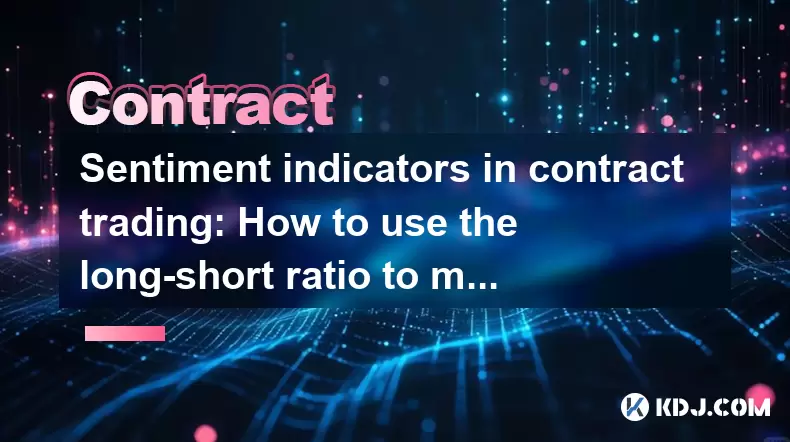
Sentiment indicators in contract trading: How to use the long-short ratio to make decisions?
Jun 14,2025 at 07:00am
What Are Sentiment Indicators in Contract Trading?In the realm of cryptocurrency contract trading, sentiment indicators play a crucial role in gauging market psychology. These tools help traders understand whether the market is dominated by bullish or bearish expectations. Among these indicators, the long-short ratio stands out as one of the most tellin...
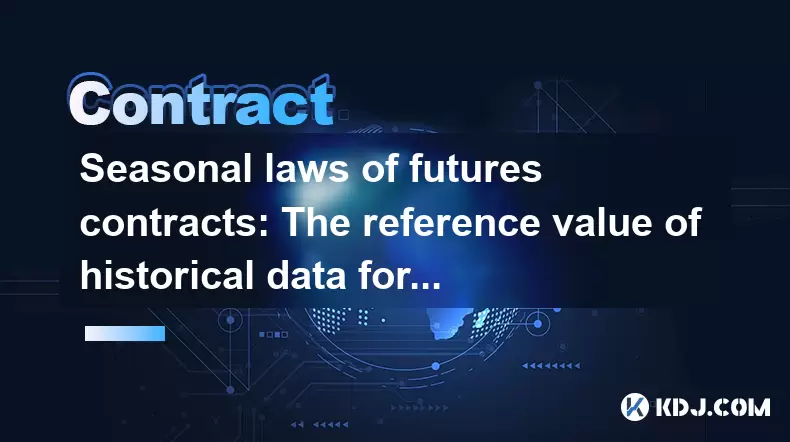
Seasonal laws of futures contracts: The reference value of historical data for trading
Jun 16,2025 at 02:21am
Understanding Futures Contracts in the Cryptocurrency MarketIn the cryptocurrency market, futures contracts are derivative financial instruments that allow traders to speculate on or hedge against the future price of a digital asset. These contracts obligate the buyer to purchase an asset (or the seller to sell an asset) at a predetermined future date a...
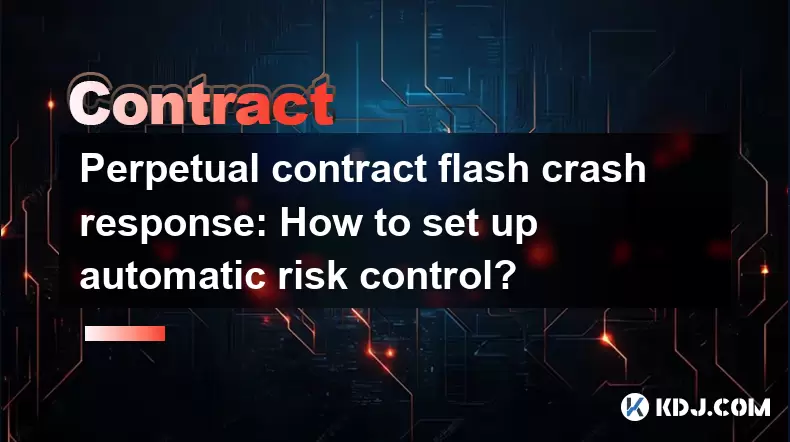
Perpetual contract flash crash response: How to set up automatic risk control?
Jun 13,2025 at 06:28pm
Understanding Perpetual Contract Flash CrashesA flash crash in the context of perpetual contracts refers to a sudden, sharp, and often short-lived drop or spike in price due to high volatility, thin order books, or algorithmic trading activities. These events can lead to massive liquidations across long or short positions on trading platforms. Traders m...
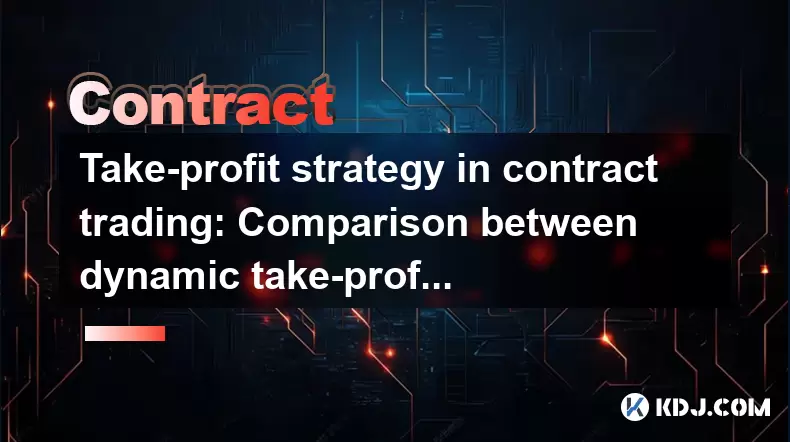
Take-profit strategy in contract trading: Comparison between dynamic take-profit and fixed take-profit
Jun 14,2025 at 07:08am
What Is Take-profit in Contract Trading?In the realm of cryptocurrency contract trading, take-profit refers to a predefined price level at which a trader automatically closes a profitable position. This mechanism is essential for risk management and profit locking. Traders use take-profit orders to ensure they secure gains without being swayed by emotio...
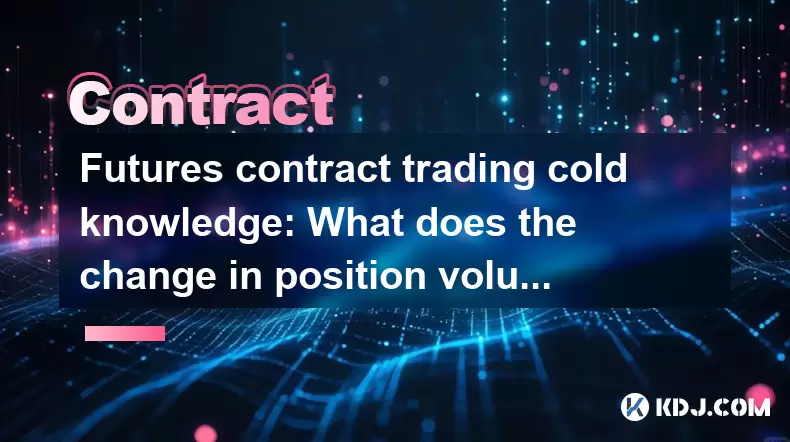
Futures contract trading cold knowledge: What does the change in position volume indicate?
Jun 14,2025 at 09:22pm
Understanding Position Volume in Futures Contract TradingIn the world of futures contract trading, position volume is a key metric that often goes overlooked by novice traders. Unlike simple price or volume indicators, position volume reflects the total number of open contracts at any given time. This metric provides insights into market sentiment and c...
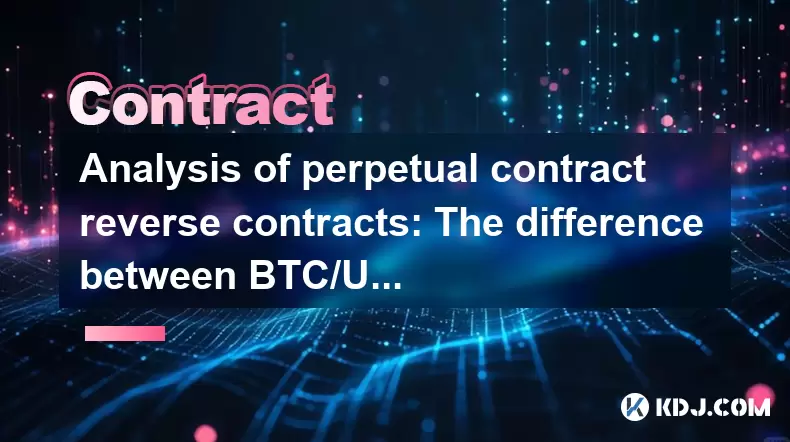
Analysis of perpetual contract reverse contracts: The difference between BTC/USD and USD/BTC
Jun 15,2025 at 03:49am
Understanding Perpetual Contracts in Cryptocurrency TradingIn the realm of cryptocurrency derivatives, perpetual contracts have become a cornerstone for both novice and seasoned traders. Unlike traditional futures contracts that have an expiration date, perpetual contracts can be held indefinitely. This feature allows traders to maintain positions as lo...

Sentiment indicators in contract trading: How to use the long-short ratio to make decisions?
Jun 14,2025 at 07:00am
What Are Sentiment Indicators in Contract Trading?In the realm of cryptocurrency contract trading, sentiment indicators play a crucial role in gauging market psychology. These tools help traders understand whether the market is dominated by bullish or bearish expectations. Among these indicators, the long-short ratio stands out as one of the most tellin...

Seasonal laws of futures contracts: The reference value of historical data for trading
Jun 16,2025 at 02:21am
Understanding Futures Contracts in the Cryptocurrency MarketIn the cryptocurrency market, futures contracts are derivative financial instruments that allow traders to speculate on or hedge against the future price of a digital asset. These contracts obligate the buyer to purchase an asset (or the seller to sell an asset) at a predetermined future date a...

Perpetual contract flash crash response: How to set up automatic risk control?
Jun 13,2025 at 06:28pm
Understanding Perpetual Contract Flash CrashesA flash crash in the context of perpetual contracts refers to a sudden, sharp, and often short-lived drop or spike in price due to high volatility, thin order books, or algorithmic trading activities. These events can lead to massive liquidations across long or short positions on trading platforms. Traders m...

Take-profit strategy in contract trading: Comparison between dynamic take-profit and fixed take-profit
Jun 14,2025 at 07:08am
What Is Take-profit in Contract Trading?In the realm of cryptocurrency contract trading, take-profit refers to a predefined price level at which a trader automatically closes a profitable position. This mechanism is essential for risk management and profit locking. Traders use take-profit orders to ensure they secure gains without being swayed by emotio...

Futures contract trading cold knowledge: What does the change in position volume indicate?
Jun 14,2025 at 09:22pm
Understanding Position Volume in Futures Contract TradingIn the world of futures contract trading, position volume is a key metric that often goes overlooked by novice traders. Unlike simple price or volume indicators, position volume reflects the total number of open contracts at any given time. This metric provides insights into market sentiment and c...

Analysis of perpetual contract reverse contracts: The difference between BTC/USD and USD/BTC
Jun 15,2025 at 03:49am
Understanding Perpetual Contracts in Cryptocurrency TradingIn the realm of cryptocurrency derivatives, perpetual contracts have become a cornerstone for both novice and seasoned traders. Unlike traditional futures contracts that have an expiration date, perpetual contracts can be held indefinitely. This feature allows traders to maintain positions as lo...
See all articles

























































































